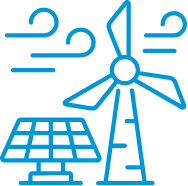Microgrids are localised energy systems capable of operating independently or in conjunction with the main power grid. They incorporate various energy sources, such as solar panels, wind turbines, and battery storage, to generate and manage electricity within a defined area, like a campus, industrial site, or community. By leveraging advanced control systems, microgrids enhance energy resilience, improve power quality, and reduce dependency on the national grid. This decentralised approach not only ensures a reliable power supply during grid outages but also promotes the integration of renewable energy, contributing to a more sustainable and flexible energy future.
A microgrid is a private system combining renewable energy generation and privately owned wires to distribute electricity to a number of consumers and / or businesses.

How Do Microgrids Work?
Microgrids are localised energy systems capable of operating independently or in conjunction with the main power grid. They integrate various energy sources such as solar panels, wind turbines, and CHP units to generate and distribute electricity efficiently. Microgrids manage energy supply and demand through advanced control systems, ensuring a reliable and sustainable power supply. By storing excess energy in batteries and optimizing resource use, microgrids enhance energy security and reduce dependence on traditional power sources.
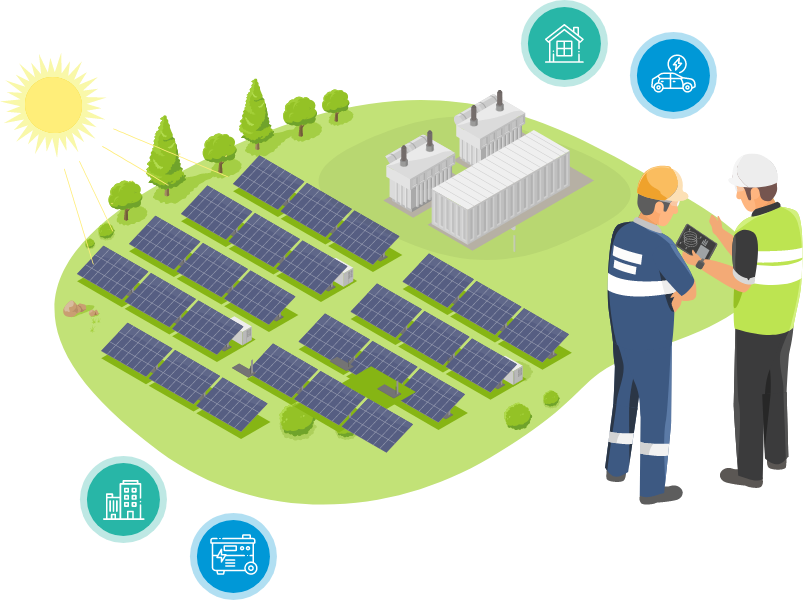
How Micro Grids benefits to farmers

Increased Energy Independence
Farmers can generate their own power, reducing reliance on external energy sources and improving energy security.

Reduced Energy Costs
By using a microgrid, farmers can lower their electricity bills through more efficient energy use and reduced dependence on the main grid.

Enhanced Sustainability
Microgrids enable farmers to integrate renewable energy sources like solar and wind, promoting environmental sustainability and reducing carbon footprints.

Improved Reliability
Microgrids provide a consistent and reliable power supply, minimising disruptions during grid outages and ensuring continuous operation of critical farm equipment.

Scalability
Microgrid systems can be scaled to match the energy demands of the farm, allowing for future expansion and increased energy needs without significant additional costs.

Support for Renewable Energy Integration
Microgrids facilitate the integration of renewable energy technologies, helping farmers to harness natural resources and further reduce their environmental impact.
Who Can Benefit from a Microgrid?
Microgrids offer significant advantages to a wide range of users, including residential communities, commercial enterprises, and industrial facilities. They provide reliable, uninterrupted power supply, which is especially beneficial in remote or off-grid areas. Critical infrastructure like hospitals and data centers can maintain operations during grid outages. Businesses can reduce energy costs and enhance sustainability. Additionally, microgrids support renewable energy integration, making them ideal for environmentally conscious consumers looking to reduce their carbon footprint.
How Much Does a Microgrid Cost?
The cost of a microgrid can vary significantly based on its size, complexity, and the types of energy sources integrated. Factors such as initial installation, equipment, and ongoing maintenance all contribute to the overall expense. While upfront costs can be substantial, many users find that the long-term savings on energy bills and the enhanced reliability of power supply make microgrids a worthwhile investment. Additionally, various government incentives and grants can help offset the initial expenditure, making microgrids more accessible.
Stewart's farm
At Jim Stewart’s farm, a state-of-the-art Microgrid system has been installed, featuring 40 kW of solar PV, a 100 kW wind turbine, and a cutting-edge battery storage solution. This hybrid renewable energy system is designed to optimise both solar and wind power generation, providing reliable, clean energy while minimising reliance on the traditional grid. The battery storage enhances energy availability during peak demand or low-generation periods, ensuring consistent power supply. This Microgrid not only reduces the farm’s carbon footprint but also delivers significant long-term energy cost savings, demonstrating a strong commitment to sustainability and energy efficiency in agricultural operations.
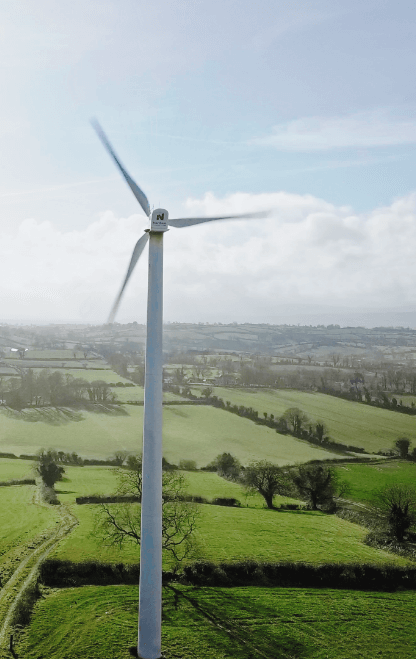
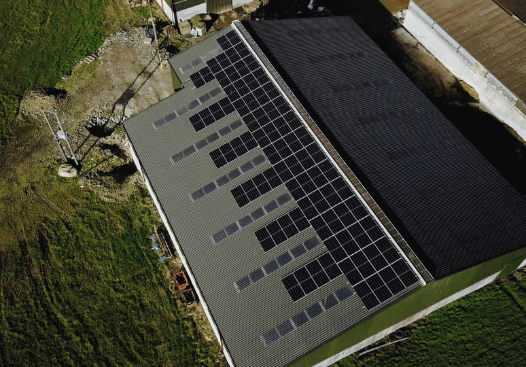
John Blair dairy farm
John Blair, a dairy farmer, now operates 99% off-grid thanks to the installation of a comprehensive Microgrid system. This system includes 50 kW of solar PV, an 80 kW wind turbine, and a 75 kW battery storage solution. By harnessing both solar and wind energy, the Microgrid provides reliable, renewable power to meet the farm’s energy needs, while the battery ensures a steady supply during periods of low generation. This installation dramatically reduces reliance on the grid, cuts energy costs, and supports sustainable farming practices with a nearly carbon-neutral energy source.
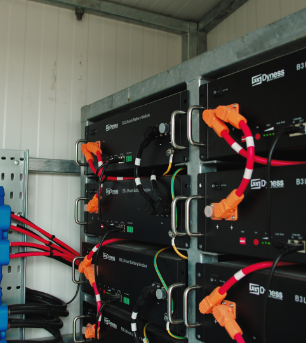
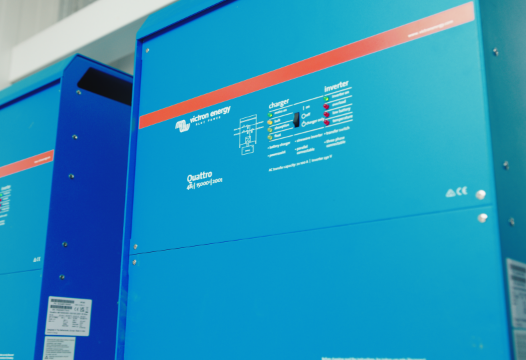
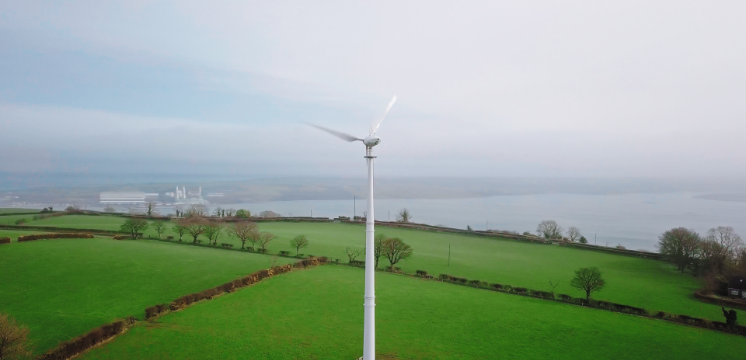
Combined Energy Resilience with a Micro Grid PPA
TRE Energy’s PPA for micro grids allows your business to create a decentralised energy system that integrates renewable energy sources without the upfront financial commitment. Micro grids provide enhanced energy security, cost savings, and the ability to operate independently from the main grid during outages. This solution offers both economic and environmental benefits, aligning with your company’s sustainability goals by increasing energy efficiency and reducing carbon emissions. A micro grid PPA demonstrates innovation and leadership in Hybrid, multi technology, clean energy adoption.
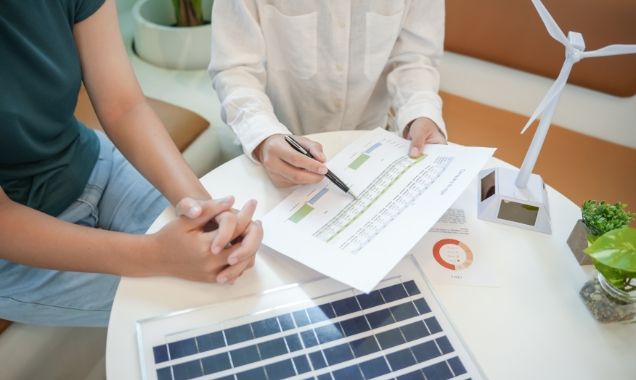
OVER 6000 ORGANISATIONS & HOMES TRUST US
Considering installing a Solar, Wind,
Battery Storage or Micro-Grid Solution?
Talk to the leading renewable and solar panel installers in Northern Ireland, with an
established track record and knowledge, that only years of experience can bring.
















